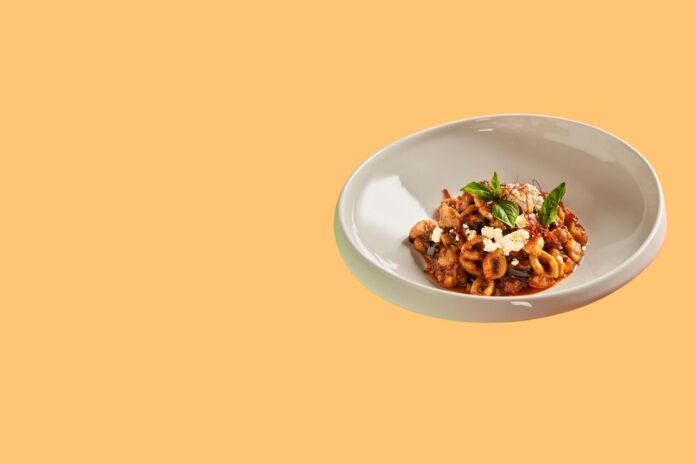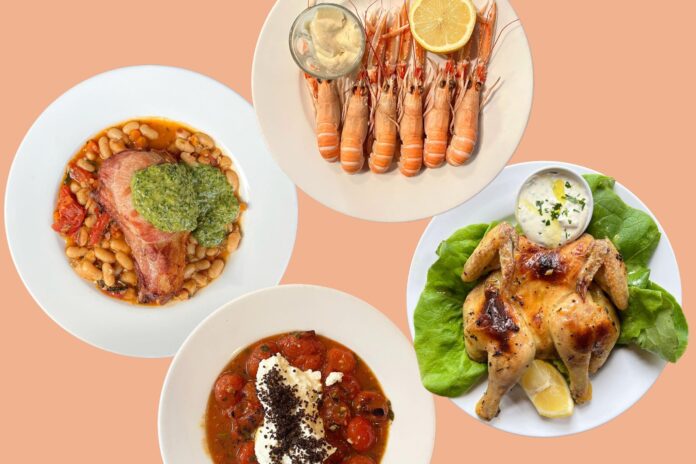There’s an old Congolese proverb which counsels that the wise should ‘’prepare themselves for when the water comes up to their knees’’. But equally, don’t you think we should all be preparing for when our knees drop to meet the water?
Knees do a lot of hard work; yours might be knocking in fear, trembling in pleasure, bent in proposal or weak in adoration, all in a single day. But when knees become weak, burdened and in pain, it can interrupt your enjoyment of life immensely.
Fortunately, when it comes to knee pain, home remedies can be surprisingly effective. Knee pain can be a consequence of short-term sports injuries like sprains or impact injuries, or a result of long-term abrasion of the knee joints which inevitably happens with age.
Even climate can play a part; some experience knee pain particularly strongly during cold weather, caused by a drop in barometric pressure. And it’s this wide range of causes that means holistic, home based remedies often work best.
Living with knee pain is no walk in the park and even a walk in the park can become quite a challenge. While there is no shortcut treatment that can help you completely overcome knee pain, there are various home remedies that can help you manage it. Without wishing to repeat ourselves, here at 7 at-home remedies that could help you manage knee pain.
Heat & Cold Therapy
Heat and cold therapy can be used either separately or alternately to ease knee pain, depending on your preference and comfort, and they both have their unique benefits.
According to Healthline, ‘’As a general rule of thumb, use ice for acute injuries or pain, along with inflammation and swelling. Use heat for muscle pain or stiffness.’’
Applying heat to your knee can help your muscles relax and lubricate your joints by improving blood flow and circulation. The primary benefit of heat treatment is when applied prior to physical activity, as it helps your joints warm up.
Cold treatment, on the other hand, helps reduce inflammation, swelling and pain. While alternating between using heat and cold treatment, heat treatment is often used before workouts and cold treatment after workouts, as part of a holistic approach to sports rehabilitation.
Price
PRICE is an extension of the RICE treatment method used for minor soft tissue injuries, usually incurred during sport, and stands for Protection, Rest, Ice, Compression, and Elevation.
After a minor injury is sustained, ‘protection’ refers to taking measures to protect the knee from further injury, usually by using a custom made knee brace or supports. If you sustain an injury to your knee, it is important to give it ample time to heal, and this can be done by partially immobilising the injured area.
‘Rest’, however, does not imply immobilising your knee completely (it’s often referred to as ‘relative rest’ by professionals) but rather avoiding stressful activities, taking some weight off the knee by using crutches, or using handrails while climbing stairs. A little motion and movement, it has to be said, is still encouraged to aid recovery.
‘Ice’ refers to using a cold pack or ice wrapped in a cloth to apply cold treatment to your affected knee. This step is essentially the same as cold therapy and helps reduce inflammation, pain, and swelling.
Applying ‘compression’ to your knee can further amplify the benefits of the ice treatment by helping reduce and limit swelling in the affected region. It is important to apply the right amount of pressure as applying too much can be counterproductive.
Finally, ‘elevation’ goes further in reducing swelling by promoting blood circulation. For elevation to be effective, your affected knee must be raised to a level above that of your heart.
As Dr. Jordan Sudberg, an expert in sports rehabilitation, tells us, when performing this treatment, the various steps do not have to be performed necessarily in this order, but each step has its own importance and must not be overlooked.
Physiotherapy Exercises
If you have knee pain that persists, it is advisable to see your GP, who will likely refer you to a physiotherapist. Physiotherapy exercises can help improve the mobility of your knee while reducing the pain.
Practising exercises specifically aimed at those with knee pain, as recommended by a physiotherapist, can bring about significant improvements. Though it’s essential that you wait for guidance from an expert before undertaking knee exercises for pain relief, so as not to incur injury, some of the most common exercises include:
- A straight leg raise, performed lying on your back and lifted to the height of your opposing bent knee.
- A bridge, which involves lifting your glutes, buttocks and hips. This is also a popular yoga position, which, incidentally might also help.
- Wall squats, sometimes using the support of a medicine ball.
- Step ups, using a sturdy box placed on the floor.
- Lateral walks.
These exercises are easy to perform and once your physiotherapist recommends a suitable routine according to your condition and demonstrates how to perform them, you can usually perform them comfortably from home.
Massage Therapy
Massage therapy offers various benefits that can be beneficial to those suffering from knee pain. In addition to helping reduce pain and stiffness, massage therapy can help improve blood flow to the knee, reduce swelling, and encourage new joint fluid.
While the best solution would be to seek the services of a professional masseuse, done therapeutically and by a qualified professional, such as an osteopath or chiropractor registered with their corresponding medical regulatory bodies, the General Chiropractic Council and the General Osteopathic Council, you can also perform a self-massage that consists of the application of deep gliding, tapping, and friction.
Regular Exercise
Regular exercise is, of course, essential for maintaining fitness. But whilst regular exercise helps in strengthening muscles and can therefore reduce the chances of knee pain, if you are already dealing with knee pain, exercising can become quite difficult. Sometimes, it can even exacerbate existing knee issues.
This is where low-impact exercises come in. Low-impact exercises like cycling, swimming, and walking can help you maintain your knee strength while avoiding impact and stress which could harm your knees.
Ginger Extract
Ginger has been used as a medicinal ingredient for centuries. This is because it boasts anti-inflammatory and antioxidant properties – not harmed by the fact it tastes pretty delicious, too! The anti-inflammatory properties of ginger make its extract useful in helping potentially provide relief from knee pain, specifically when due to arthritis.
Consequently, the consumption and application of ginger extract or ginger-based ointments on the affected area can help manage knee pain, with a recent study revealing ginger extract’s ‘’significant effect on reducing symptoms of OA of the knee’’.
The best effect is observed while using it in a concentrated form. Ginger can also be consumed in the form of supplements, as pills. However, these supplements should not be consumed on an empty stomach, or ever be taken in place of a balanced, healthy diet.
Weight Loss
One of the most effective ways to manage stress placed on your knees is to manage your weight effectively, with the Arthritis Foundation pointing to a ‘’key study published in Arthritis & Rheumatism of overweight and obese adults with knee osteoarthritis (OA) Iwhich) found that losing one pound of weight resulted in four pounds of pressure being removed from the knees. In other words, losing just 10 pounds would relieve 40 pounds of pressure from your knees.’’
The issue, of course, is that knee pain can restrict movement somewhat, and hinder efforts at high intensity cardio exercise. In such cases, experts recommend seeing a physical therapist who can advise the best low impact workout regimes, which usually begin with swimming pool aerobics and lengths, as this presents less strain on the joints.
Once you’ve strengthened your knee sufficiently, finding an at-home exercise routine which you enjoy is essential to continue your progress. Again, a physical therapist can help with this. When combined with a healthy, balanced diet (full of ginger, we might add!), you’ll stand yourself in good shape to, well, stand in good shape.
The Bottom Line
Though knee pain can affect your motion, movement and the effectiveness of exercise and everyday life, there are, fortunately, a variety of at-home remedies which can help limit the pain and improve mobility in your knees. While these may not always present a permanent solution, they can bring about a notable improvement in your day-to-day life. Good luck!





